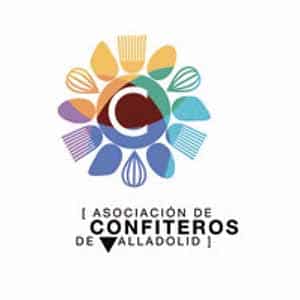- The Kitchen, an adaptation of Arnold Wesker’s play, reflects on the reality of the immigrants who arrive in the United States every day to work in unfavourable conditions.

Valladolid, 19 October 2024. Alonso Ruizpalacios, director of the multi-award-winning Güeros (2014), Museo (2018, Meeting Point at the 63rd Seminci) and Una película de policías (2021), today presented the Spanish premiere of La cocina (The Kitchen) at the 69th SEMINCI. Starring Rooney Mara (Carol, Alley of Lost Souls) and Raúl Briones, the film offers a look inside the kitchen of a famous restaurant in the heart of Manhattan, revealing the hierarchies and power dynamics implicit in this work environment.
The Kitchen, which loosely adapts Arnold Wesker‘s play The Kitchen, came from a very personal place for the director: ‘Wesker belonged to the English generation of the Angry Young Men; these post-war young men who had a sense of discontent and frustration in a society that had left them no place. I first came across the play when I was studying acting in London and, at the same time, working in the kitchen of a tourist trap. That’s where I fell in love with the universe of kitchens, their rhythm and their drama. They are very chaotic places, but also places where there is a migrant experience. That’s what big cities have in common, they are like meeting points for many nationalities. I wanted to portray that tower of Babel that I saw and Wesker’s work has always stayed with me’, explained Alonso Ruizpalacios.
On the decision to shoot in black and white, the filmmaker commented: ‘Since I started writing it, I saw it that way; it was an instinct. Later I discovered that it had to do with erasing the specificity of time. I liked the idea of not knowing when the story takes place, whether it’s today or 20 or 30 years ago, and framing it in a kind of fable. I wanted something that went a bit beyond realism. Also, the photography plays a lot with contrast and, in the end, that’s the theme of the film.

Racism has no race
The kitchen constructs a tribute, equal parts tragic and comic, to the invisible people in these spaces. It offers, at the same time, a glimpse into the lives of the immigrants who arrive in the United States every day in search of the ‘American dream’. In this sense, although the story takes place in a foreign setting, Ruizpalacios never distances himself from the reality of the Mexican people. ‘I made two previous research trips, where I interviewed undocumented cooks who told me very shocking and painful things; also some very funny stories. My main focus continues to revolve around the experience of my fellow Mexicans’.
For the filmmaker, it was also important to show the nuances in human beings of different races. ‘I wasn’t interested in portraying all whites or Yankees as the bad guys and all non-whites as the good guys. I think the world is not like that. Racism has no race. While it is true that historically some races have been the oppressors; there is something more complex there that has to do with capitalism, with who controls the means of production. This also reminds me of Wesker, who was always worried about the world we were building. A world where productivity is above human relations and dreams.
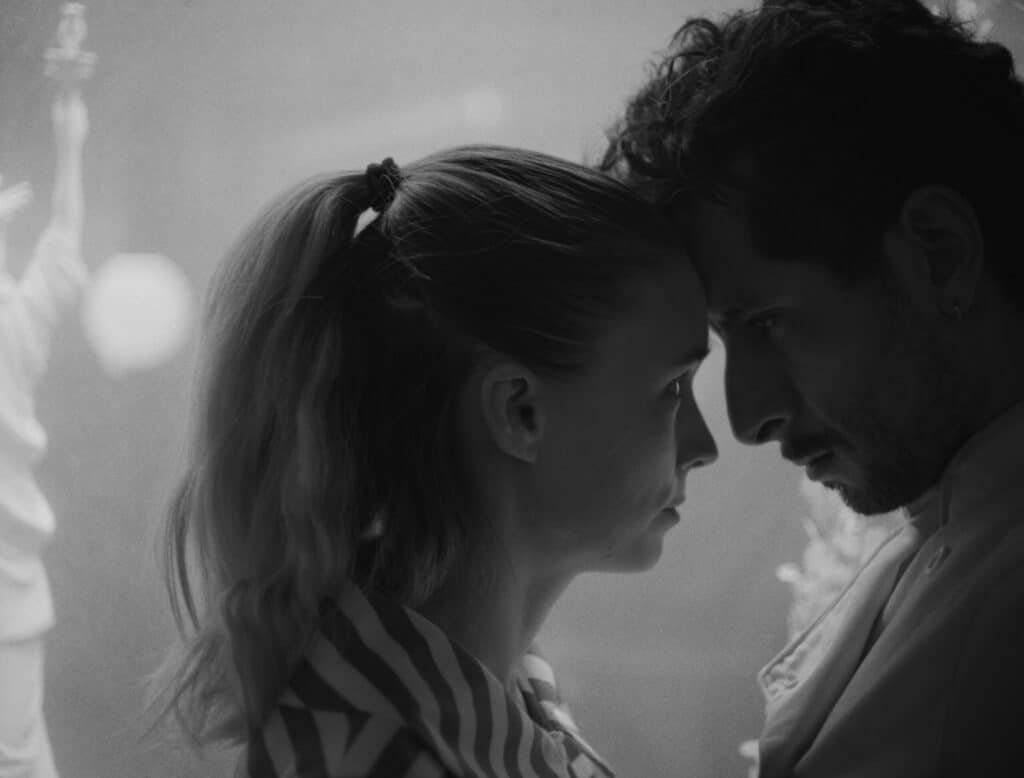
From the kitchen to the cinema
On the filming experience, Ruizpalacios said: ‘The first thing we had to do was invent the restaurant, create its identity and, based on that, design everything. By the time we started filming, we could have already opened a restaurant’. According to the filmmaker, it is a universe that echoes the world of film production: ‘I think there is something universal in the way a kitchen works that can be extrapolated to other industries. When I was writing the film, I thought a lot about a film crew. They are both societies with a militarised organisation, with very marked hierarchies’.
He also highlighted the work behind the sequence that best portrays the chaos of these workplaces: ‘That one scene alone took us a week and a half of filming. Before that, the actors took cooking classes for a month. In the mornings they went to school and in the afternoons we rehearsed and improvised. It was a scene of a lot of rehearsal, it’s almost like a choreography of musicals’, and he added that he conceived the film as a symphony. ‘I thought of the film in musical movements, rather than dramatic acts. The introduction, for example, was a kind of overture. And after the climax comes an adagio, which is usually the third movement before the grand finale. Rhythm is something I think about a lot and for me it starts from the writing, not in the editing.’
Press contact:
983 42 64 60





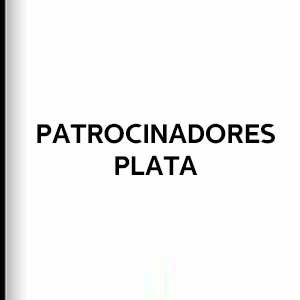



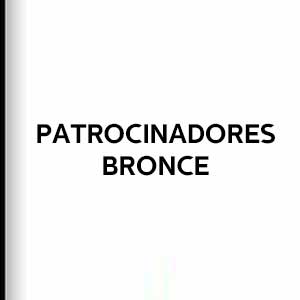

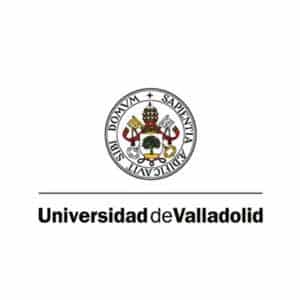










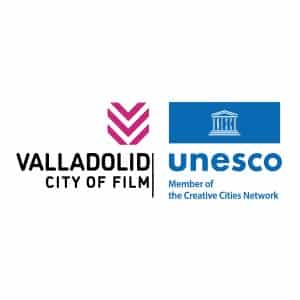
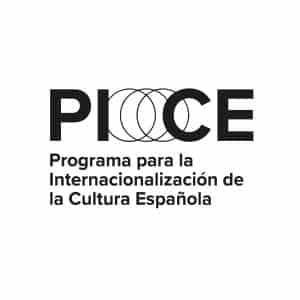



![Logo Foro Cultural de Austria Madrid[1]](https://www.seminci.com/wp-content/uploads/2024/09/Logo-Foro-Cultural-de-Austria-Madrid1-300x76.jpg)




